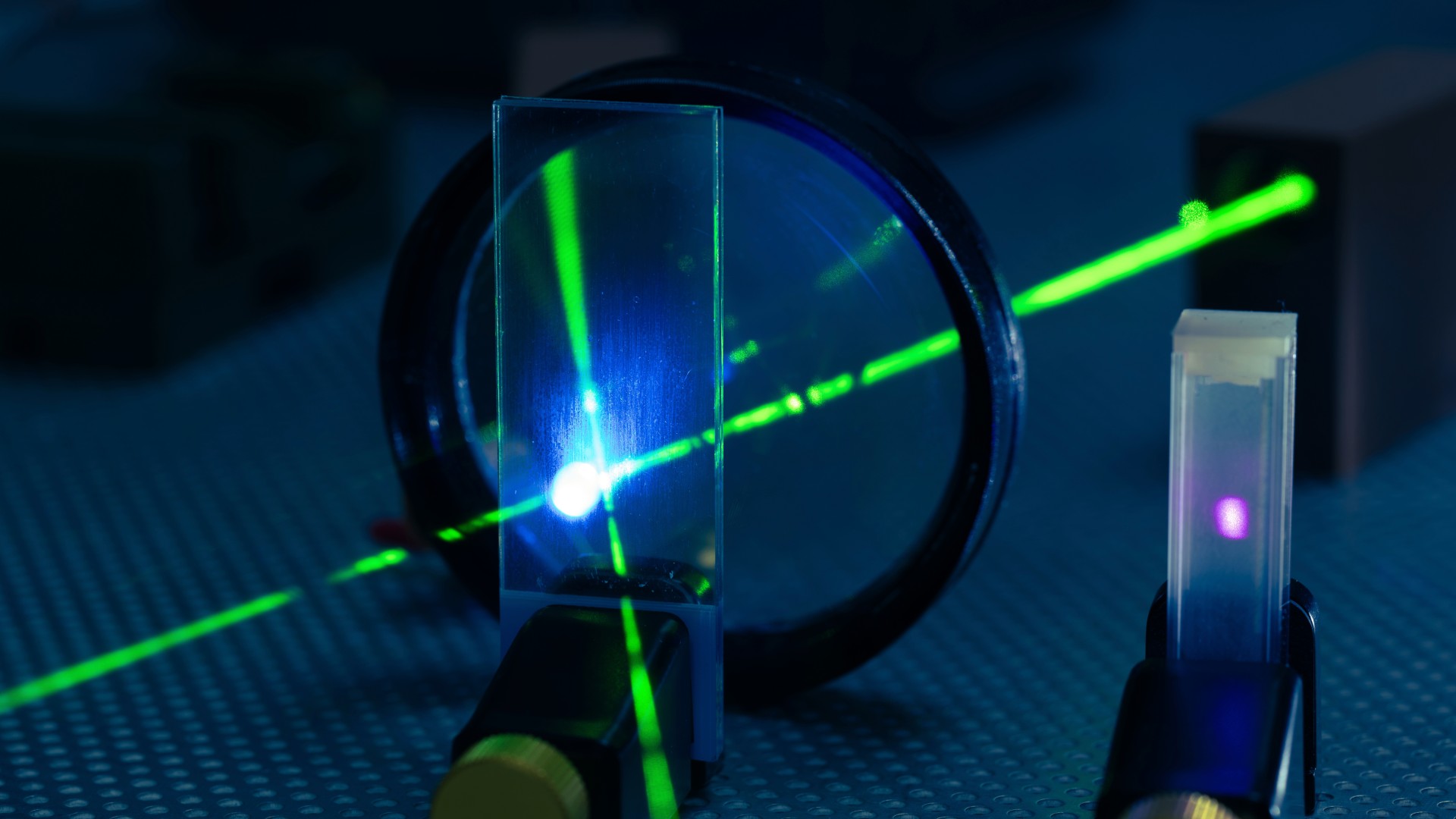Flashes of infrared light can detect signs of cancer in a patient’s blood, new research suggests.
In a new study, scientists demonstrated that a test using infrared light can detect the difference between blood samples from patients with lung cancer and samples from those without the disease with up to 81% accuracy. They presented their findings in a study published April 9 in the journal ACS Central Science.
The new test is powered by artificial intelligence (AI) and examines differences in molecules found in blood plasma, the watery portion of blood that carries various proteins and chemical compounds — such as hormones and vitamins — around the body.
When blood samples are exposed to flashes of infrared light from a laser, the molecules held within the plasma vibrate. In turn, different components of the molecules absorb or reflect the energy from the light pulses, and consequently, they emit their own distinctive pattern of light that can be recorded and read as an “infrared molecular fingerprint.”
Related: Detecting cancer in minutes possible with just a drop of dried blood and new test, study hints
The fingerprint differs between patients with cancer and those without the disease, the researchers reported. This suggests that the blood-screening method could offer a new approach to detecting cancer.
New blood tests are currently being developed to help diagnose a plethora of cancers, including those of the pancreas, breast and stomach. While still in the early stages of development, such tests aim to detect cancer earlier than current methods available, and they can achieve this in a less invasive way than traditional tissue biopsies, for instance.
“Laser-based infrared molecular fingerprinting detects cancer, demonstrating its potential for clinical diagnostics,” study co-author Michaela Žigman, a scientist at the Max Planck Institute of Quantum Optics in Germany, said in a statement. With further development and testing in larger clinical studies, this approach could help advance cancer screening and diagnosis, she added.

To create the new blood test, Žigman and colleagues first trained an AI model to detect differences in the fingerprint of plasma samples from more than 2,100 people. This cohort included patients with lung, prostate, breast or bladder cancer who had not yet been treated for their disease. For each patient with cancer, the researchers showed the AI a blood sample from a person of the same sex and of a similar age who didn’t have cancer, for comparison.
After training their AI model using these data, the researchers tested how accurate it was at identifying cancer fingerprints in the plasma of about 430 people who weren’t included in the initial data. The researchers found that the model was up to 81% accurate at discerning plasma samples from patients with lung cancer compared with those from individuals without the disease.
However, the model was much less successful at detecting the other three types of cancer included in the study. For example, the model only detected around 50% of breast cancer cases.
Considering these limitations of the test, much more research will be needed before it could ever be used in clinical practice.
Nevertheless, the researchers behind the test are hopeful about its prospects. They now plan to train the model on a wider range of cancers, using data from more patients, to see if they can improve its accuracy in detecting cancer. They especially want to hone its ability to detect cancer at different stages of the disease, they said in the statement.
